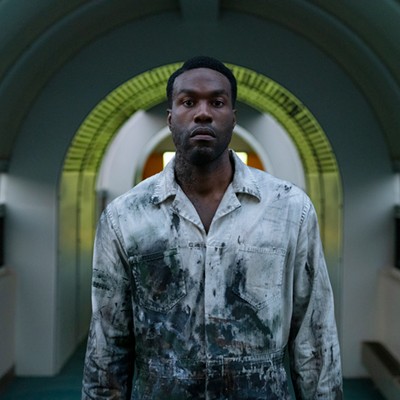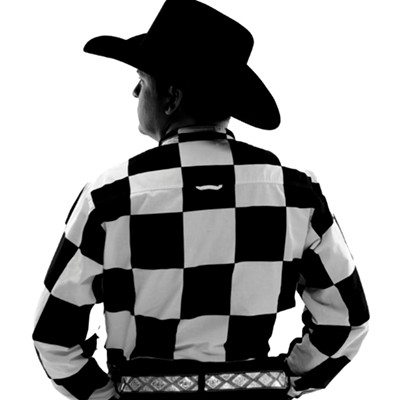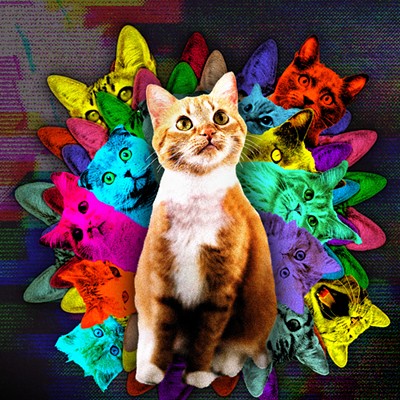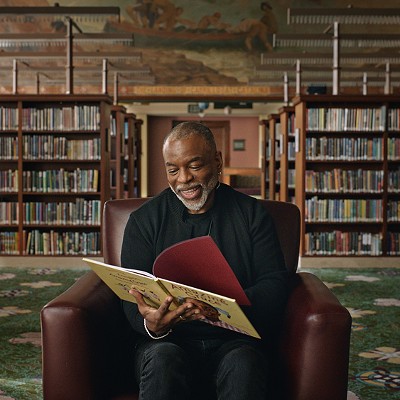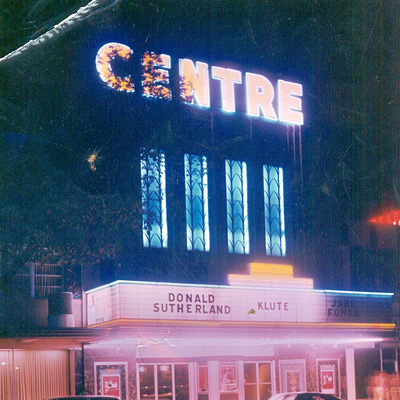It was years before Heavy Traffic — Bakshi’s second theatrical film — would find its way into my VCR. It came my way long after I had digested his PG-rated fantasy films like Lord of the Rings and Wizards and had memorized every line of dialogue to Coonskin, Heavy Traffic’s uber-controversial follow-up. And when I finally saw Heavy Traffic, I wasn’t quite sure what to make of it. Years later, it’s one of Bakshi’s best works and something of a revelation in the world of animation.
The film tells the story of Michael Corleone (yes, you read that right), a young, Jewish-Italian cartoonist living with his horrific parents among a sea of marginalized and grotesque characters. In Michael’s odyssey across NYC’s urban detritus, he crosses paths with Carol, a streetwise ex-prostitute who loses her straight bartending job due, in small part, to Michael. In Carol, the inexperienced and virginal Michael sees an opportunity to break free of his awful situation and, in Michael, Carol sees the same. They create a partnership which, underneath some of the broader comic episodes and situations, is quite shocking and ultimately tragic (kind of).
It’s probably not as monumental to read the synopsis of this film and know it’s animated as it was in 1973. After all, the only template before this one was Bakshi’s own Fritz the Cat, but here he does away with the anthropomorphic animals and overt political pontifications for something more organic and real. On one hand, Heavy Traffic hardly needs to be animated. On the other hand, lost would be the true expressiveness of Bakshi and his genuine care for his characters such as the legless bouncer, Shorty, or his gutter-fabulous drag queen, Snowflake. The animation style employed to bring Heavy Traffic to life looks something akin to a moving graffiti mural which dazzles even when the story gets too close to the depressing realities of the Hubert Selby, Jr. works that inspired some of it.
Heavy Traffic comes to us via Shout! Factory in their tireless quest to bring niche cinema into the HD-age. While the old MGM/UA DVD was a washed-out, full-frame affair, the Blu-ray is crisp, pristine and beautiful in all its 16:9 aspect ratio glory. While the feature is about as uncut as you’re ever likely to find it, there are absolutely no extras here, which is kind of a bummer because, as the DVD and Blu-ray of Wizards will attest, Ralph Bakshi gives great commentary.
But extras are just that. I like — and in some cases love — them, but their absence doesn’t affect the overall product. Every now and again, I’m just glad someone picked a great film from a trash heap and made it look brand new. Sometimes that’s the best extra one can have. —Patrick Crain


